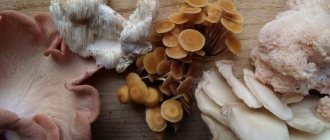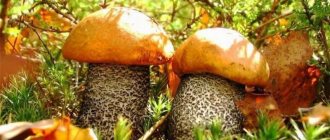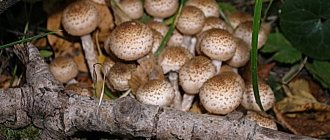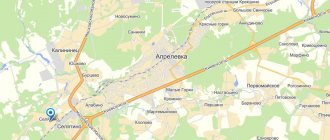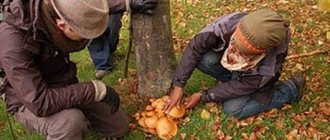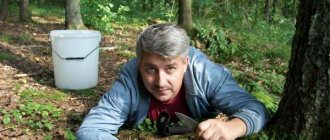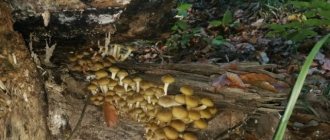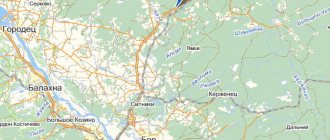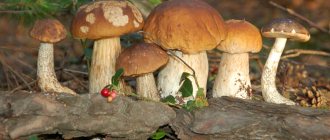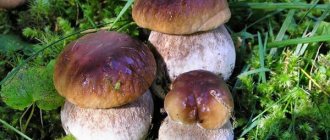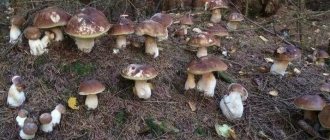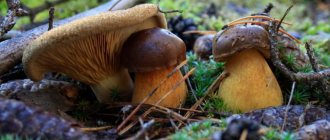What are mushrooms
Mushrooms are an independent separate part of the organic world, occupying an intermediate position between plants and animals. Based on the presence of chitin, glycogen, and urea in their cells, their metabolism is closer to the animal world. And in terms of their feeding method, unlimited growth, and immobile state, mushrooms are more similar to the plants to which they were previously classified.
However, they differ from plants in that they cannot use the sun's energy for photosynthesis. They need ready-made organic substances for nutrition and growth.
What we call a mushroom is a fruiting body that serves for reproduction. This body is formed on mycelium (mycelium), which is found in soil, wood, or other substrates.
Mycelium are thin branching threads that look like a spider's web. With the help of mycelium, the fruiting body absorbs nutrients. Fungi reproduce by spores, like plants such as mosses, ferns, horsetail, and moss.
The task of the fruiting body is to preserve the species and reproduce, so each mushroom in adulthood disperses spores (this is what mushroom seeds are called). Probably many people have ever stepped on something in the forest, from which a cloud of yellow smoke rose from under their feet. This raincoat, using a person, scatters its spores.
Since reproduction by spores is a process that depends on a large number of random factors, mushrooms are taken in quantity. For example, the giant raincoat has 5-6 billion spores. Below are the most common edible mushrooms in the Lugansk region.
Where is the best place to collect
Each lover of “silent hunting” has his own hidden places.
- the villages of Domashovo, Kokino and Temenichi, as well as the village of Chaikovichi: almost all edible species grow there. The mushroom map shows that they are the most popular and visited places.
- Sven village: it’s better to go there for boletus mushrooms. Those who want to feast on this species collect several buckets every year.
You should go to the village of Suponevo for the traditionally large harvest of russula.
- Navlinsky district: famous for the presence of mushroom places with saffron milk caps and honey mushrooms. Near the village of Revny there is a good forest with boletus and saffron milk caps. Every year, mushroom pickers are satisfied after visiting these fruitful places.
- suburbs of Bryansk: those who don’t want to travel far can pick mushrooms in this area. There are a lot of chanterelles, milk mushrooms and boletus here. They usually grow in groups, so if you find one mushroom, you can expect to find others.
- Pogarsky district, near the village of Novonikolsky and the village of Dolbatovo: no one will leave here without a full basket of honey mushrooms, there are a lot of them here.
- Karacheesky district, Odrino village: here it will not be difficult to collect a full basket of honey mushrooms.
- town of Seltso: in the pine forests on the side of this settlement, there are many good places with saffron milk caps and boletus mushrooms. White also grows here.
In Krasnogorsk, Zlynkovsky and Klintsovsky districts it costs nothing to collect. This area suffered from the Chernobyl accident. There is a lot of radioactive cesium in the soil and forest organisms pose a mortal danger.
Photo gallery
Edible representatives
Maslyata are self-sufficient, unlike anyone else. When the weather is dry, the cap of the oiler is velvety; when it is wet, it becomes slippery and slimy. The skin of the cap must be removed before cooking. The pulp of the oiler has a unique sweet smell. You can’t confuse any other mushroom with it even with your eyes closed. Marinated boletus is the best appetizer for the holiday table. In May-June the mushroom is rare, more often in July-September.
Everyone loves porcini mushroom for its beauty, aroma, and taste. Finding a worthy copy is a great pleasure. It is found in summer and autumn in coniferous and deciduous forests. Its pulp is white, dense, with a pleasant smell.
There are several types, such as white “net-shaped”, white pine, boletus. All of them are similar in the mesh on the leg, the pine one differs in the color of the cap - it ranges from wine to brown-red. Confusion with other species is difficult, but possible. In particular, there is a similarity with gall (false white). Collection time is May-September.
Green flywheel - this representative is very often found in May, summer and autumn in coniferous and mixed forests, mostly on the edges and clearings, often in groups. It resembles the fissured moss fly, but does not turn blue when pressed. May turn slightly blue for a short time. Poisonous mushrooms have no resemblance to it.
The hat is olive-brown or olive-green in color, convex, suede-velvety. The leg is smooth, thins downwards, very dense, yellow in color.
It is edible and quite tasty, suitable for any method of cooking, but is often affected by mold. It’s better not to take those affected by mold - you can get food poisoning, and they don’t have much taste.
Liverwort is a little-known mushroom that is edible when young. Its body is semicircular, tongue-shaped, orange-red, later bloody and brown-red, 10-30 cm in diameter, 2-6 cm in thickness.
The tubules of the fruiting body are whitish, cylindrical, and brownish-yellow when touched. With age, a layer of gelatinous mucous mass forms at the top of the mushroom, which must be removed before cooking, otherwise the taste will be too sour. Cooked, it is quite tasty and crunches on the teeth, like a pickled cucumber, due to its dense consistency.
It grows in deciduous forests on living trunks, on stumps and in the hollows of old oaks and chestnuts from July to November. It is a parasite and causes brown rot of wood. Poisonous mushrooms have no resemblance to it.
Camelina delica is a delicious edible mushroom of high quality. Belongs to the first category of mushrooms in terms of nutritional value. When touched or damaged, it turns greenish-bluish over time.
The stem is dense, cylindrical, initially filled, later hollow, the same color as the cap, with redder shells. The pulp is brittle, yellowish, immediately turns red when broken, then turns green, and secretes a milky juice of bright orange color. The smell is pleasant, fruity, the taste is spicy. The plates are descending, frequent, and turn green when touched.
You can find camelina in coniferous, occasionally mixed forests, in young forests, and in thinned areas of forests. As a rule, it grows in groups more often on the edges, clearings, and hills. It is collected in May and summer. Poisonous mushrooms have no resemblance to it.
Poisonous representatives
The red fly agaric is one of the most poisonous representatives. Its cap can be red, orange, yellow and even brown. It is covered with white flakes left over from the blanket in which he was born. These “warts” are easily washed off by rain. The leg of the fly agaric is white with a ring under the cap and a tuber at the base. This tuber is one of the distinguishing features of all fly agarics.
The fly agaric got its famous name thanks to an old custom: in the summer, villagers, in order to rid themselves of flies, threw the caps of these mushrooms into a container of sweet milk. The flies fell into a trance from such a treat and did not bother people.
By the way, there are also edible fly agarics. Species such as gray-pink, thick, saffron, and vaginal fly agaric are truly edible. But it is still not recommended for beginners to collect them.
Mushrooms in the Lugansk region 2022. Be careful - mushrooms! Memo from the Ministry of Emergency Situations of the LPR. — Lugansk News
At the height of the mushroom season, the Ministry of Emergency Situations of the LPR reminds residents of the republic about the dangers of consuming wild mushrooms and the threat of mushroom poisoning. Poisoning with wild mushrooms is very dangerous, as it is difficult to treat and can often be fatal.
The most reliable way to avoid poisoning from wild mushrooms is not to eat them. If you cannot deny yourself the pleasure of enjoying forest delicacies, then the LPR Ministry of Emergency Situations urges you to follow simple rules when collecting and eating wild mushrooms:
- — Collect only those mushrooms that you know. No need to pick unfamiliar mushrooms;
- — It is important to collect mushrooms in “environmentally friendly” places that are far from railway tracks, highways, industrial sites of enterprises and garbage dumps.
- - It is strictly forbidden to collect wormy, broken, old or too “young” mushrooms;
- — If you do not collect wild mushrooms yourself, but buy them, then you need to do this in places where there is sanitary control (shops, markets, supermarkets);
At the first signs of mushroom poisoning (weakness, nausea, vomiting, abdominal pain), you need to CALL a doctor as quickly as possible without self-medicating.
